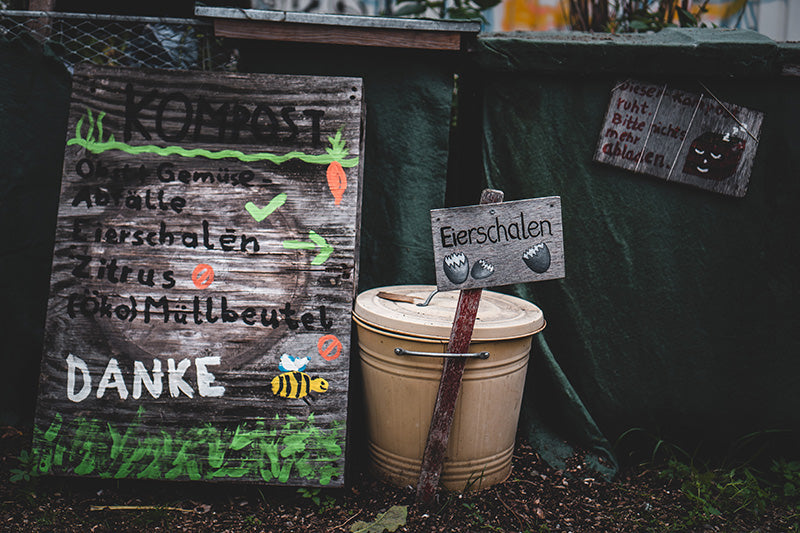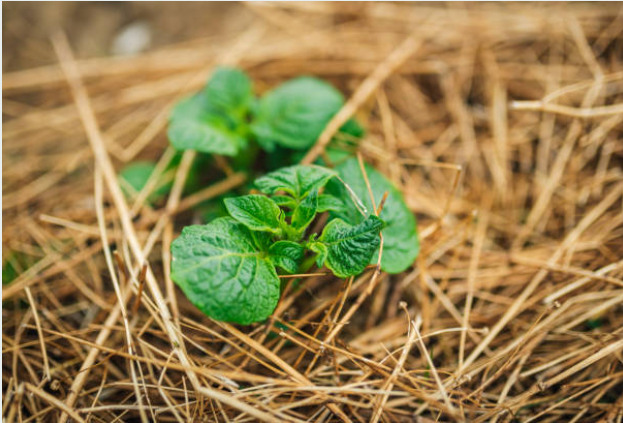By Michael Jenkins | June 5
Healthy soil is the foundation of all gardening success, and the best gardeners pay close attention to their soil, its composition, and their ongoing efforts to improve it. Building better soil and making your earth healthy and productive are human endeavors as old as agriculture, and each generation has added to our body of knowledge about soil health. Today we can make use of that accumulated wisdom as we work on our own gardens, no matter what their size. There are a number of simple steps you can take to improve your garden soil naturally and ensure a bountiful, beautiful garden.
The first step in improving your soil is understanding your soil. This starts by taking a long look at it—its color, texture, and composition. Is it sandy and thin? Rich and loamy? Dark colored with plenty of organic components or is it a grey-ish colored sand? Are there rocks or is it purely dirt? Is it loose soil or thick, dense clay? By knowing what you’re working with, you’ll be better prepared to make the right moves in improving your garden soil. Getting your soil tested is an easy and affordable step in soil improvement. A good test will tell you what’s there, what’s missing, and give you some clues as to what you can do to improve the situation. In the US, many county agricultural extensions offer free soil testing, and home improvement or garden stores often sell testing kits, including devices for measuring the pH of your soil and its moisture content.
Once you’ve examined your soil a bit and perhaps had it tested, it’s time to start doing the work. While chemical fertilizers can be very beneficial—we’ve discussed them separately here—today we’ll focus on natural means to improve your garden soil:
- Animal manureis a time-tested soil amendment that can do wonders for your plants and keep your soil health for years to come. Manures are particularly good at adding nitrogen to the soil, which supports plant growth, as well as adding organic matter for nutrient value. While all livestock manures can be used for plants, some care should be taken in how they’re applied. Mixing manure with decomposing wood or wood chips can actual drain nitrogen from the soil initially, as the wood/manure combination breaks down. Some manures need time to age before they can be applied to the soil, lest they damage the roots of the plant. These include cow and chicken manure. Rabbit manure and earthworm casting, by contrast, can be applied directly and immediately without any fear. And while it should go without saying, be a bit careful applying manure around anything you may eat raw!
- Compost is a soil amendment that you can produce at home and can greatly improve your garden soil in a safe and natural way. We’ve written about compositing before, so please take a moment and review that blog if you’re new to composting or gardening. The only downside to compost is that it takes time to make your own—the biological processes that turn plant matter into compost can be slow. The good news is that you can buy compost, either conventional or organic, at many garden supply places and home improvement stores.

- Cover crops and companion planting are likewise longstanding methods for improving and supporting soil health. There are a number of ways to implement them. You can use cover crops between growing seasons to improve your garden soil naturally. Rotating what you grow is one approach; planting a cover crop like clover, legumes, or beans that fix nitrogen in the soil in the off season and then rotating back to another desired crop later. You can also companion plant, interspersing nitrogen fixing crops among other plants. The “three sisters” system used by many Native American civilizations is a classic example of this: planting corn, beans, and squash together. The beans fix nitrogen in the soil, the corn gives the beans a support to grow on, and the squash shades the soil, thus preserving moisture and blocking weeds. The three plants work together to ensure a bountiful harvest for their caretakers.

When it comes to soil improvement, there’s always more to say but we’ll save that for a later blog. We hope this gives you some accessible and relatively easy ideas as to how to improve your garden soil. As always we love to hear from you, so hit us up on social media or jump into the comments section to share your tips for soil improvement or ask any questions you may have!

Leave a comment